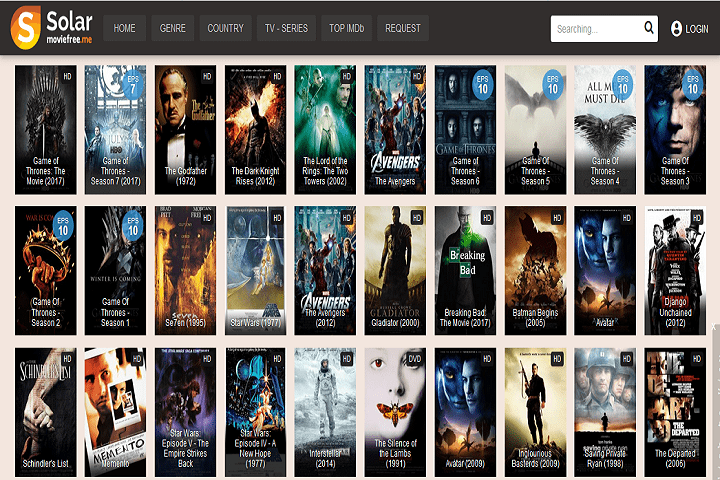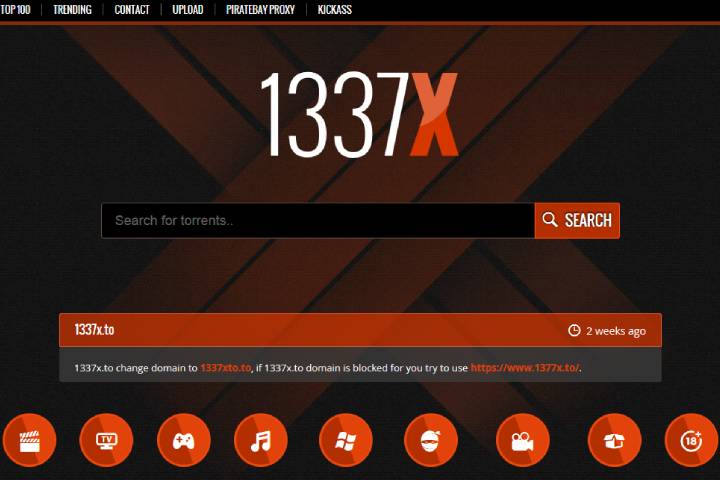Internet
7 Essential Web Development Tools For Students
7 Essential Web Development Tools For Students, When taking a look at a list of the world’s most demanded jobs today, web development is never left out.

When taking a look at a list of the world’s most demanded jobs today, web development is never left out. For many people, creating a website can be tough work, especially if they have no technical experience in the field. Business owners sometimes require a website that can help them to promote better and boost the engagement they have with their customers. This is anywhere web development results in the picture.
In other words, web development serves its purpose in many ways. Of course, this can be a challenging task; this article talks on top web development tools for students.
Table of Contents
1. Npm
Npm was delivered to function as a node package manager for the web language, Javascript. The tool allows people to discover instances of packages, install them, and even restore various updates of these packages.
Npm can be run on a command-line interface. Although this is not an entirely efficient way of boosting the readability level involved for users, it provides a fantastic sense of security and a more digital feel.
With Npm, students who are starting to try out web development can have quick access to individual repositories. The tool provides a way for users to quickly interact with a repository that aids the package they are trying to work with it. For most users, npm comes as a fantastic way to obtain appropriate resources that aid web development projects.
2. Github
Github is a digital platform where developers can easily host projects and various kinds of software securely. When considering the different ways on how to be safe on the internet, one of many suggestions include sharing vital information only on platforms with an SSL certificate. Luckily, Github happens to meet the security standards of the web. Today, the platform is used as a hosting service for a significant number of projects across the web.
Apart from being a great host for web design projects, Github offers a fantastic feature that keeps track of the changes that a user delivers to their work on the platform. This also gives them a lot to fix mistakes and errors by switching to earlier versions of their work as Github saves them when developers make modifications. It is as popular as WordPress nowadays.
In other words, Github comes as a repository hosting tool that can be used by students for web development. The website also provides a community to every repository, where users can discuss concepts with others. This better aids collaboration between developers who share the same interest in featuring unique components like pull requests, bug tracking, task management, and wikis.
3. Visual Studio Code
One of the most popular IDEs for people who are into web development is the Visual Studio Code. The tool was developed by Microsoft and is available for web developers using Windows, Linux, or macOS. When looking at tons of available features, the Microsoft Visual Studio Code stands out from other IDEs. It comes with a complex system of developer features that can assist students when working on special web projects.
Luckily, students do not have to pay to have access to their main features. The fantastic tool allows students to also learn about web development faster. With features like code prediction, terminal, and a user-friendly interface, students can get a unique coding experience. Apart from that, they also stand a chance to learn about new web development concepts as the tool has a built-in feature that tells students what an element could be.
About the field, there are several other IDEs. Visual Studio Code is recognized as one of the best IDEs designed to meet the web development needs of developers. Checking out a comparison between IDEs is sure to leave you with the knowledge of what could work best for you.
4. Stackoverflow
Stackoverflow has been around a very long time. The platform comes as one that allows developers to learn and boost their programming knowledge while still sharing what they know to help millions of developers across the platform.
Stackoverflow features a learning community where people ask questions that are mostly based on issues faced with web development. With the various answers provided to a question, other users who have been in search for answers to their questions also stand a chance to gain knowledge on how to solve issues.
5. HTML5 Boilerplate
Sometimes, having to create files for a project you want to work on can be extremely stressful. You might also make a few errors and will have to refer back to them for fixing to avoid more errors when linking files. To make your life easier, you do not have to create these files yourself as using HTML5 Boilerplate takes care of that for you.
HTML5 Boilerplate provides a more straightforward solution to building adaptive web applications and sites. It comes as a set of files that offer a foundation for web development projects. In other words, it provides your web project with a basic structure.
6. Chrome Developer Tools
As a student, you do not have to spend all of your time writing essays and research papers. Of course, you can easily find the best essay writing service and take care of that. However, learning a few things about web development is a great idea. While doing this, using essential tools is very important. One of many is the Chrome Developer Tools. This amazing feature helps web developers troubleshoot errors, debug, and view logs easily.
7. NodeJs
Made from JavaScript, Nodejs is software that students can use to develop high-speed servers. By using just JavaScript to work, users can enjoy the asynchronous or non-blocking I/O feature of NodeJs, thereby allowing them to work simultaneously.
8. Conclusion
Learning web development can have a significant impact on the life of a student. If you are a student who has no idea about what tools and software are the essential fit you, then the above guide should help you find them. This software is developed to boost a person’s life as a developer and help you work faster and efficiently.
Games
Parimatch starts cooperation with the AFA in Asia
This partnership allows the AFA to expand its international presence and, together with Parimatch, participate in all sports technology events held in Asia.

The global gaming platform Parimatch has announced a new exclusive partnership with the Argentine Football Association (AFA), becoming the organization’s fifth regional sponsor. This partnership allows the AFA to expand its international presence and, together with Parimatch, participate in all sports technology events held in Asia.
Expanding its horizons, the Argentine Football Association is actively entering new strategic markets, involving more than 55 commercial partners. In addition, the association is improving its digital content strategy, including social media in five languages, to help attract new audiences.
The partnership with Parimatch will provide users with the opportunity to participate in various official events, receive autographed t-shirts of the players of the national team of Argentina, and enjoy unique moments thanks to this collaboration.
AFA President Claudio Tapia said: “We express our gratitude to Parimatch, a leading company in the gaming industry, for joining the Argentine football family as a regional sponsor of our national team in the Asian region.”
Tapia stressed that the AFA continues to take active steps to expand its presence in strategic markets and forge alliances with leading companies. This agreement allows the association to work actively in Asia and strengthens its position in the world of football. “We sincerely welcome Parimatch as our regional sponsor,” he added.
The AFA’s Commercial and Marketing Director, Leandro Petersen, stated: “We are delighted to announce a new regional sponsorship in the Asian region between the AFA and Parimatch. This partnership with a market leader like Parimatch will strengthen our position in the international arena and help expand the fan base of the Argentine national team in Asia.”
The press service of Parimatch also expressed satisfaction with the cooperation, underscoring: “We are pleased to work with the Argentine Football Association as its regional sponsor in Asia. This agreement marks an important milestone for Parimatch as we enhance our commitment to growing football in Asia and providing an exceptional playing experience for fans. Our partnership with the AFA allows us to expand our brands and actively engage with football fans in Asia.”
Parimatch reaffirms its commitment to supporting football in Asia and is ready to provide fans with unforgettable experiences as a regional sponsor of the Argentine Football Association.
Through strategic partnerships with leading football organizations such as the AFA, Parimatch continues to promote the development of sports and popularize football culture in Asia, bringing beloved teams closer to their fans.
Parimatch also plays a key role in promoting sports culture in the region. Through its partnership with the AFA, Parimatch provides its users with exclusive access to events and products related to Argentine football. This not only strengthens the Parimatch brand, but also enhances the commitment to sports in Asia.
The collaboration between Parimatch and the AFA demonstrates how strategic alliances can influence the development of the sports industry. Parimatch is constantly looking for new opportunities for development and innovation, and this partnership is another step in that direction. Parimatch users are looking forward to new opportunities that will open up thanks to this collaboration.
-

 Instagram4 years ago
Instagram4 years agoBuy IG likes and buy organic Instagram followers: where to buy them and how?
-

 Instagram4 years ago
Instagram4 years ago100% Genuine Instagram Followers & Likes with Guaranteed Tool
-

 Business5 years ago
Business5 years ago7 Must Have Digital Marketing Tools For Your Small Businesses
-

 Instagram4 years ago
Instagram4 years agoInstagram Followers And Likes – Online Social Media Platform
















